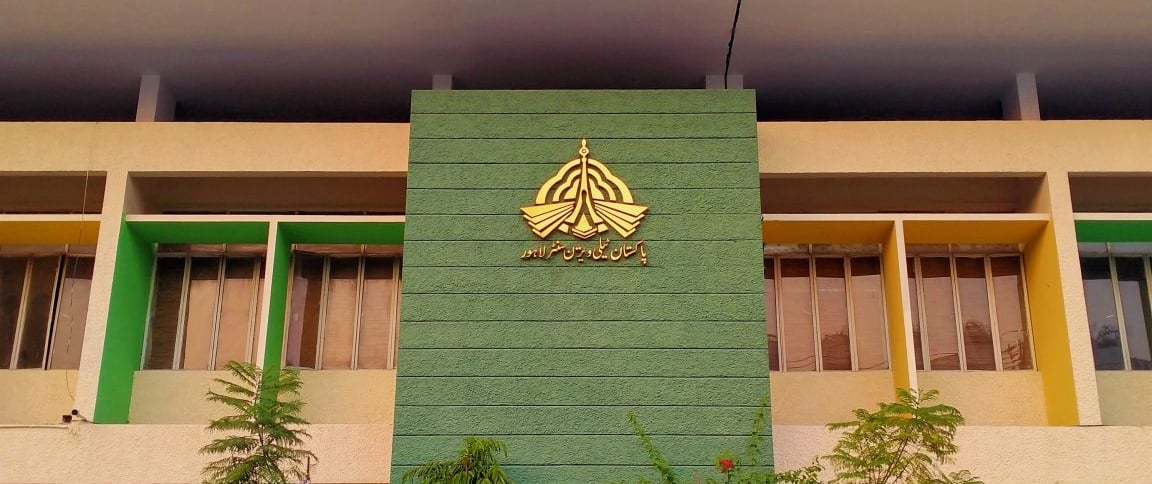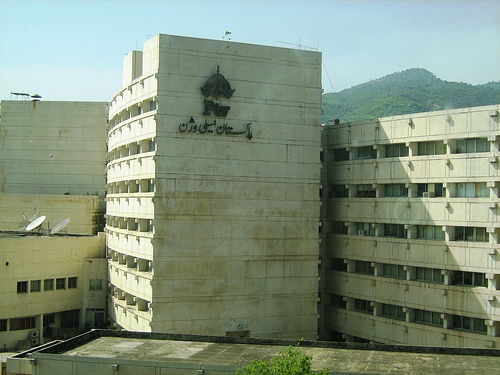Transforming Ideas Into Seamless Digital Experiences
History Of PTV
Pakistan Television Corporation
The History of Pakistan Television Corporation (PTV)
Introduction
Pakistan Television Corporation (PTV) is the first and oldest television network in Pakistan. Established in 1964, PTV has played a significant role in the cultural, educational, and informational landscape of Pakistan. Over the years, it has evolved from a single-channel broadcaster to a multi-channel network, impacting millions of lives.
Establishment of PTV (1964)
PTV was launched on November 26, 1964, under the guidance of Prime Minister Ayub Khan. Initially, it began as a small black-and-white broadcast service in Lahore with limited transmission hours. The first broadcast was a simple test transmission, marking the beginning of television as a mass communication tool in Pakistan. PTV's early years were focused on basic programming, mostly in Urdu, catering to a limited audience.
Expansion and Growth in the 1970s
The 1970s saw a significant expansion of PTV. The government made substantial investments in television infrastructure, and broadcasting expanded beyond Lahore to other major cities like Karachi, Rawalpindi, and Islamabad. In 1976, PTV introduced color television, which greatly improved the viewing experience. The network also expanded its content, producing iconic shows like Neelam Ghar, Kahani Ghar Ghar Ki, and popular dramas that became household names across the nation. During this period, PTV established itself as the primary source of entertainment and news in Pakistan.
Modernization in the 1980s
In the 1980s, PTV underwent significant modernization, driven by the government's push for technology upgrades. Satellite broadcasting was introduced, which improved transmission and increased PTV's reach to rural areas. This period also witnessed the rise of legendary television personalities and shows. Iconic drama serials like Dhoop Kinare and Tanhaiyan captured the hearts of millions, solidifying PTV’s place as the leading entertainment provider in Pakistan.
The 1990s: Competition Emerges
The 1990s marked the beginning of competition for PTV as private television channels emerged. The introduction of cable television and satellite broadcasts provided viewers with more options, which started to challenge PTV’s dominance. Although PTV remained the most popular television network for a while, private channels like GEO and ARY began attracting audiences with their innovative and diverse programming. This period also saw the rise of a more competitive media landscape in Pakistan, with PTV starting to feel the pressure from the growing number of private channels.
Challenges in the 2000s and Beyond
The 2000s presented further challenges for PTV. As private channels gained popularity, PTV struggled to maintain its audience base. The advent of digital television, cable networks, and international broadcasting networks made it increasingly difficult for state-run television to retain its position as the primary source of entertainment. However, PTV adapted by investing in technology, launching multiple channels, and diversifying its content, including educational and international programs.
Conclusion
Despite facing stiff competition, Pakistan Television Corporation has remained an iconic institution in Pakistan’s media history. From its inception in 1964 to its present-day transformation, PTV has continuously evolved, providing content that reflects the nation’s culture, values, and aspirations. Today, it stands as a symbol of Pakistan's media evolution, holding a special place in the hearts of millions of viewers.




